6 Sneaky Ingredients Worse Than Sugar and 5 to Watch Out For
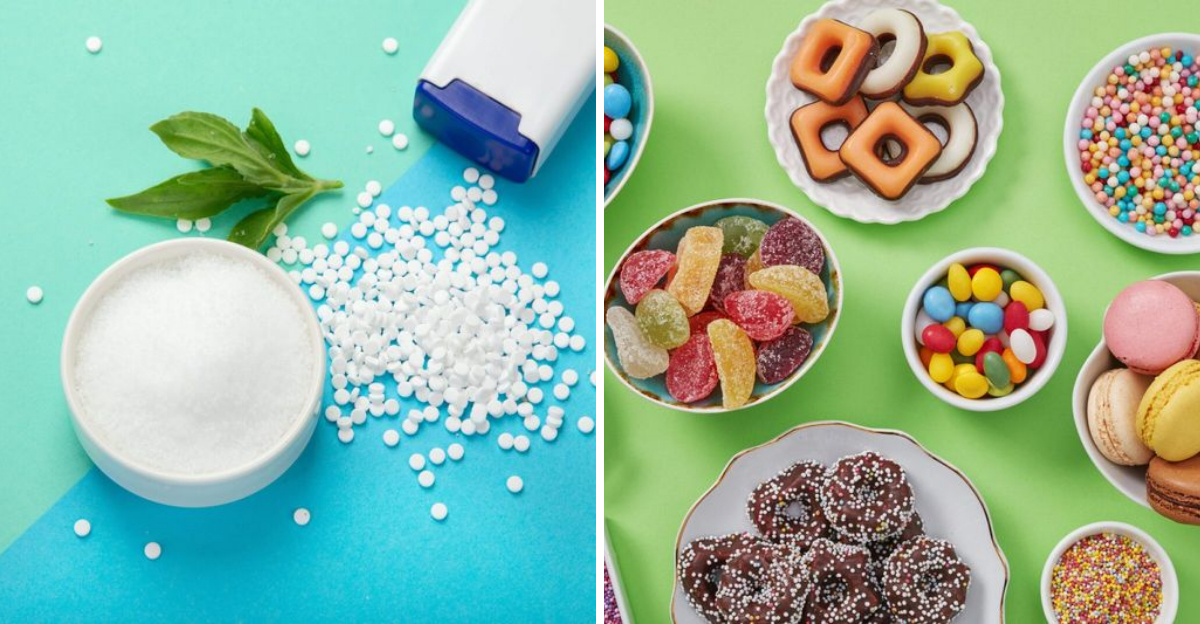
In today’s food industry, several ingredients pose hidden risks that surpass even sugar in their potential harm. This blog post explores some of these sneaky ingredients and others to keep an eye on for a healthier lifestyle.
1. High-Fructose Corn Syrup (HFCS)
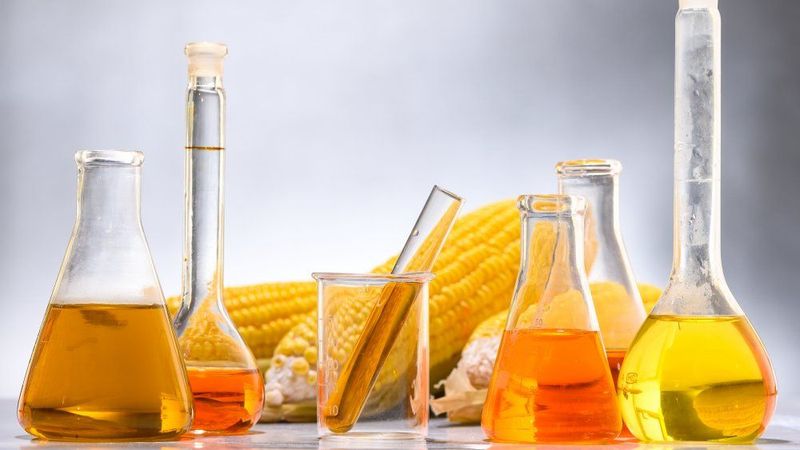
High-Fructose Corn Syrup often lurks in seemingly innocent foods. Found in everything from granola bars to ketchup, this sweetener is notorious for its metabolic impacts. Unlike regular sugar, HFCS can lead to more significant spikes in blood sugar levels.
This spike often results in increased fat storage, contributing to obesity. The body’s processing of HFCS is different from other sugars, making it a unique culprit in diet-related issues. Its ubiquitous presence in processed foods makes it even more insidious.
Next time you pick up a snack, check the label; HFCS might be hiding there.
2. Hydrogenated Oils / Trans Fats

Hydrogenated oils may be hidden in your favorite snacks. These oils are designed to extend shelf life but come with significant health risks. They raise LDL cholesterol and lower HDL cholesterol, increasing the risk of heart disease.
Trans fats are considered one of the unhealthiest fats, even in small quantities. Often found in margarine and packaged snacks, they are a silent contributor to cardiovascular issues. It’s crucial to read labels and avoid products listing partially hydrogenated oils.
Their heart-damaging effects make them far worse than sugar in some cases.
3. Monosodium Glutamate (MSG)
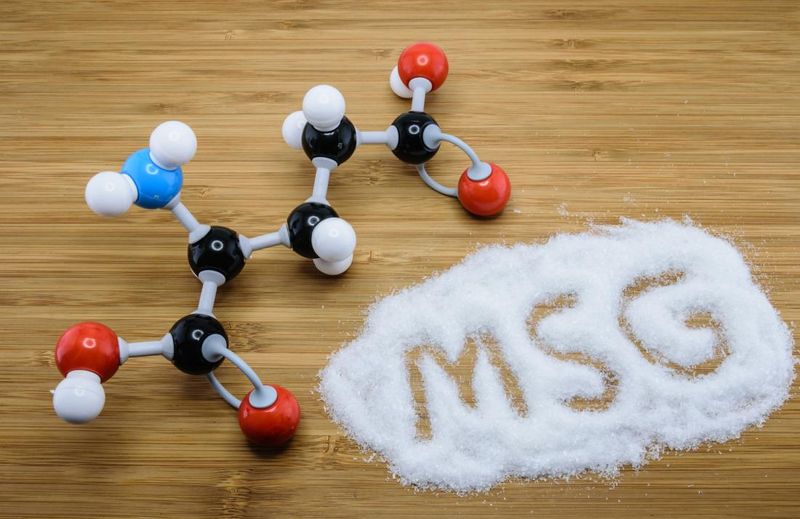
Monosodium Glutamate adds an umami kick to dishes but can cause discomfort. While generally safe for most, MSG can trigger headaches and bloating in sensitive individuals. Its role is to enhance flavors, making it attractive in processed foods.
Some people experience the so-called “Chinese Restaurant Syndrome,” though evidence is mixed. Sensitivity to MSG varies widely, and its effects are often personal rather than universal.
When dining out or buying packaged foods, be aware of its presence if you’re prone to reactions.
4. Artificial Sweeteners
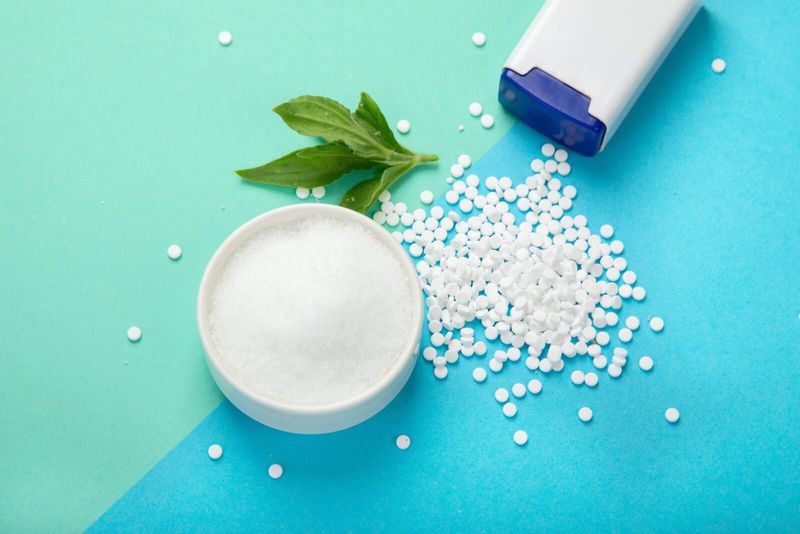
Artificial sweeteners like aspartame and sucralose are calorie-free but not without issues. They can confuse the body’s metabolic processes and increase cravings. Despite their lack of calories, these sweeteners may actually lead to weight gain.
The disruption of gut bacteria by artificial sweeteners is a growing concern. Long-term consumption is linked to metabolic disorders. Their presence in “diet” products often misleads consumers into thinking they’re healthier choices.
If you’re reaching for a sugar substitute, consider the potential hidden costs. Diet sodas and sugar-free snacks often contain these additives.
5. Carrageenan

Carrageenan is a common food additive used as a thickener. While popular in dairy-free products like almond milk, it’s linked to digestive issues. Some studies suggest it may cause inflammation and gut irritation.
Though derived from seaweed, not all forms of carrageenan are benign. Consumers seeking plant-based alternatives may unknowingly consume this additive. Its potential side effects include bloating and discomfort.
For those with sensitive stomachs, checking labels for carrageenan can help avoid unnecessary gastrointestinal trouble. More research is needed, but caution is advised.
6. Refined Grains

Refined grains like white bread and pasta are stripped of nutrients. Although they appear wholesome, their lack of fiber makes them akin to sugar in their blood sugar impact. These grains are often labeled as “enriched” or “bleached.”
Their rapid breakdown into sugar can lead to spikes in blood sugar levels. The absence of whole grains means missing out on essential nutrients and fiber. Refined grains are prevalent in many processed foods, making them a staple in unhealthy diets.
Opt for whole grains to ensure you’re getting the health benefits your body needs.
7. Sodium Nitrate/Nitrite

Sodium nitrate and nitrite preserve meats but carry health risks. Found in bacon and deli meats, these compounds can form harmful nitrosamines. Regular consumption is linked to an increased cancer risk.
Processed meats are a staple in many diets, but their hidden dangers are often overlooked. The potential carcinogenic effects are a concern for regular consumers. Avoiding or reducing intake of processed meats can mitigate these risks.
When enjoying meats, seek out nitrate-free versions to enjoy the flavor without the worry. Awareness is key to making healthier choices.
8. Artificial Colors

Artificial colors like Red 40 and Yellow 5 bring vibrant hues to foods but pose risks. Linked to hyperactivity in children, these dyes are in many snacks and cereals.
While eye-catching, their health implications are concerning. Some countries have banned them, yet they remain common in the U.S. The potential for behavioral impacts raises questions about their safety.
Parents may wish to limit children’s exposure to these additives. Opting for naturally colored foods can ensure more wholesome choices. The bright colors often mask less-than-healthy ingredients.
9. BHA and BHT
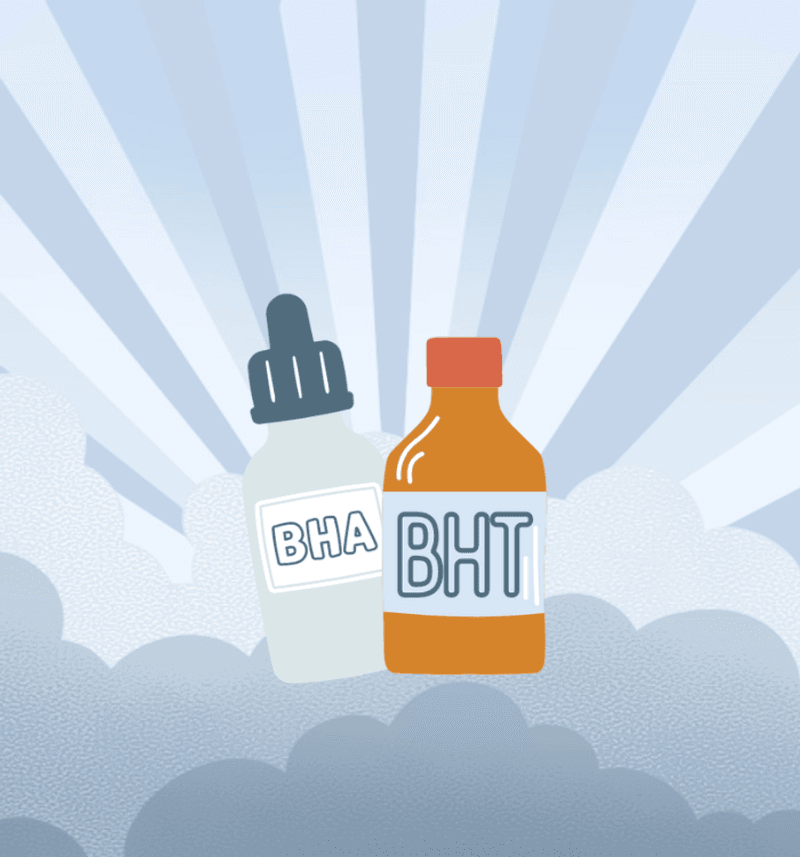
BHA and BHT are preservatives that extend shelf life but pose health concerns. These compounds are flagged as potential carcinogens and are banned in some regions.
Found in cereals and snack foods, their long-term consumption raises questions about safety. Despite their widespread use, the risks associated with these preservatives are significant.
Consumers are advised to check labels and choose products without these additives. Being informed about what goes into your food helps make healthier decisions. Opt for options that prioritize natural preservation methods.
10. Natural Flavors
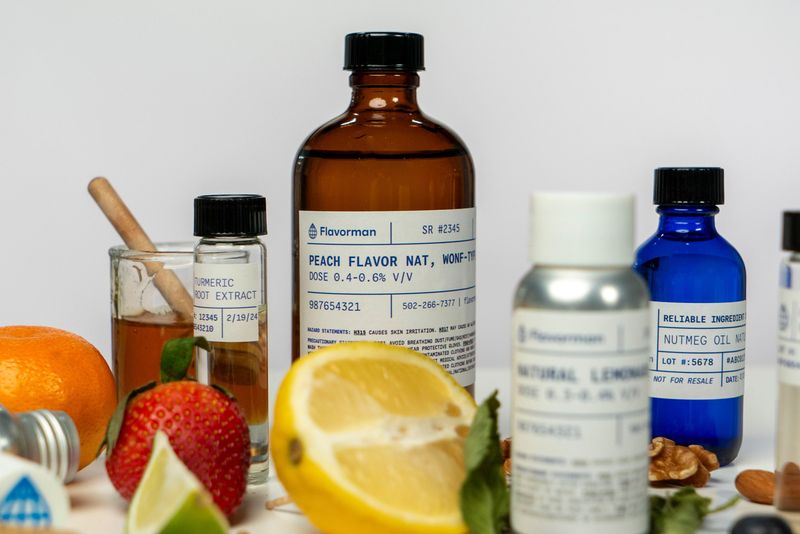
Natural flavors sound wholesome but mask complexity. These can include hundreds of chemical compounds, not always derived from their namesake ingredient.
The term “natural” can be misleading, as regulations allow for broad interpretation. Consumers may assume these flavors are healthier, yet the reality can be different.
Reading labels and understanding what “natural” entails is important. Transparency in food labeling helps make informed choices. When possible, choose whole ingredients over ambiguous flavorings to ensure genuine taste and health benefits.
11. Soy Protein Isolate
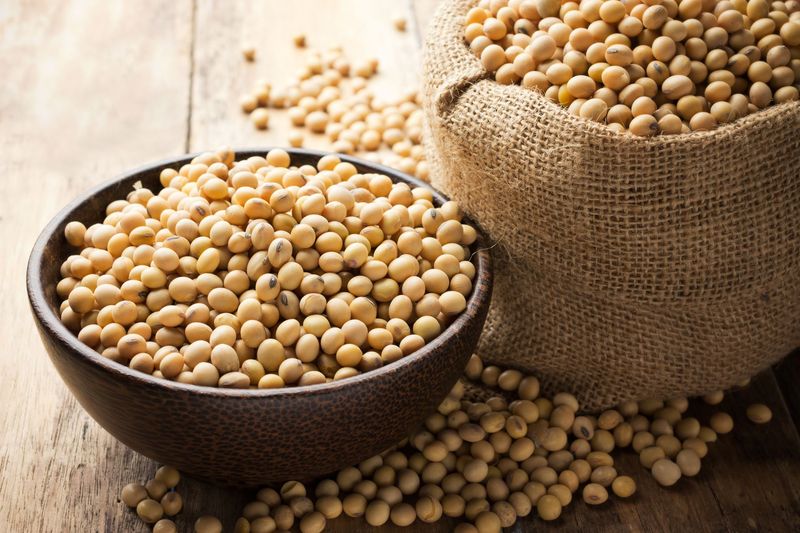
Soy protein isolate is a common ingredient in protein bars and shakes. Highly processed, it provides concentrated protein but lacks whole soy’s natural benefits.
The processing often involves genetically modified soybeans, raising concerns for some consumers. Its presence in health foods can be misleading. While offering protein, it doesn’t deliver the holistic nutrition of its unprocessed counterpart.
Understanding the difference between whole soy and its isolates is key. For those seeking plant-based protein, exploring alternative sources can offer more balanced nutrition. Choose wisely to align with health goals.
